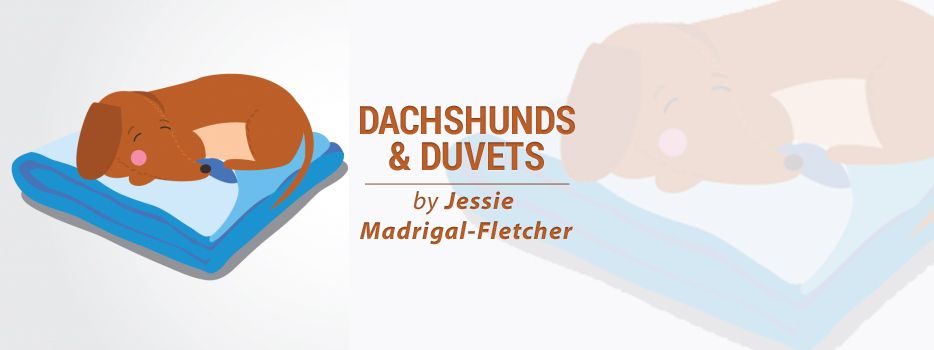“I exercise, therefore I am.” Nah, it’s more like, “I hurt, therefore I exercise.”
Dear readers, I feel like I’m indulging you. A couple weeks ago, I gave you a tale of heartbreak and misery. This week, it’s what every endometriosis patient hates more than being told to “learn to manage the pain”: exercise talk!
The truth is that for me, being fit has little to do with looking good and more about feeling decent. I say “decent” because I am British, and our aspirations are realistic and very, very low. But the truth is that during the winter months, working up the occasional sweat will keep me sane and functional.
At 29, I struggled with a body slowly collapsing into a pile of pain and tears.
My sexy limp peppered my every step, and I couldn’t sit or stand for a long time. I didn’t even know it was due to endometriosis back then. I was self-medicating with strong dosages of painkillers and spending all my savings on weekly physiotherapy sessions.
One morning, noticing the undead look I have when I’m about to give up on something, my physiotherapist said, “If you don’t start exercising properly and doing something about your current physical state, by 40, you will be an old woman.”
To this day, I still think about that physiotherapist.
His words haunt me, especially during the colder months, when my muscles tense up due to the cold, and the fewer hours of light make my mood take a dive. I turn into an achy, complain-machine, hiding under mountains of wool and ingesting silly amounts of chocolate. Chronic fatigue joins my bout of seasonal affective disorder, and my body is stiff as stone. This is why I have to find a way to sneak in as much exercise as I can daily, to loosen up my tight muscles and lift my spirits.

Except it takes all of the motivation and several layers of warm clothes.
I should tattoo somewhere how whenever I run, I’m not in pain. This doesn’t mean that I run in pain, hoping the discomfort magically evaporates. I was brought up by a mother who believed my period pain would disappear if I’d run up and down the stairs. That idea still makes me smile, because when I have period pains I can’t move an inch, let alone ascend any stairs, unless I’m slowly crawling up them.
But when I am able to work up a sweat, my uterus simply doesn’t hurt, my ovaries remain silent, and my limbs, while still heavy, feel almost like those of a regular person.
I’m also resting as much as possible.
If my chronic fatigue is intense, or my lower back hurts, I choose to rest for as long as my body needs it. Yet, as soon as my mind begins to be affected by doing nothing, I get up and do something pleasing. I play some records or walk Jarvis, my dog — anything that will keep me in a vertical position.

For now, I’m saying no to yoga.
I know this is a slightly controversial thing to say as a trained yoga teacher. But this winter, I am happily saying no to most asanas, or yoga poses. Yoga has become something I severely struggle with lately. Maybe it’s the fact that my anxiety is too disruptive, but I simply don’t reach for my mat as much as I should. I know this is just a phase, and I will find a way back to whatever version of the restorative practice works for me.
I am focusing on the afterglow.
After exercise, I self-care as intensely as I can. I eat as much as my appetite dictates, but choose a meal that I will digest easily. I rest as much as my body wants, even if it means canceling plans or taking Jarvis for the shortest of walks. It’s not worth doing any exercise if I feel rotten afterward.
Self-care is never a buzzword in my life, especially during winter. And during this colder season, I am focusing on long baths and staying warm, but also on running up those hills, somehow.
***
Note: Endometriosis News is strictly a news and information website about the disease. It does not provide medical advice, diagnosis, or treatment. This content is not intended to be a substitute for professional medical advice, diagnosis, or treatment. Always seek the advice of your physician or other qualified health provider with any questions you may have regarding a medical condition. Never disregard professional medical advice or delay in seeking it because of something you have read on this website. The opinions expressed in this column are not those of Endometriosis News or its parent company, BioNews, and are intended to spark discussion about issues pertaining to endometriosis.

